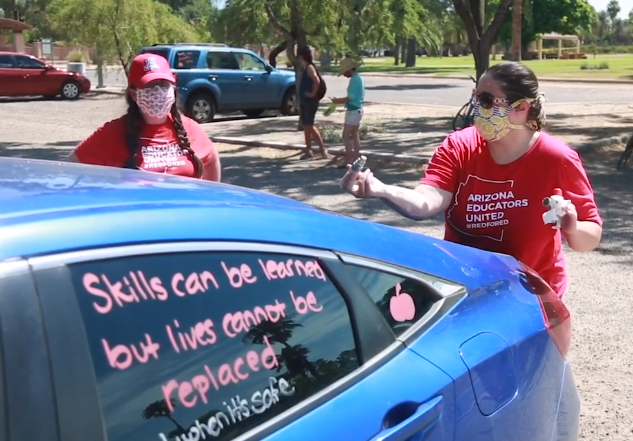America is Ready for School Choice Post-Pandemic

The Coronavirus upended the education system in the United States, forcing teachers and students to adopt a virtual method of instruction. As time has passed, parents have become frustrated at the continued lack of in-person education despite evidence that school-age children tend to transmit the virus at a rate lower than the general population. Seizing on constituents’ frustration, conservative lawmakers have reinvigorated the school choice debate and proposed innovative strategies which give families control over their child’s education.
Education savings accounts, known as ESA’s, permit parents to withdraw their student from public school and, instead, receive a deposit of state funds to help cover the cost of alternative tuition plans, tutoring costs, or school supplies. The move would diminish the role of government in education and give parents unprecedented control over where they enroll their child in school. With concerns mounting around the quality of education provided in major metropolitan school districts, ESA programs give parents access to critical finances needed to institute a change to private or charter schooling. Critics of the school choice movement are concerned about the diversion of funds from cash-strapped public schools and the effect decreased funding could have on low-income and minority student populations. Despite the pushback, six states have introduced some form of ESA during the current legislative session following the lead of Arizona, Florida, Nevada, North Carolina, and Tennessee where voucher programs have already been enacted.
Opponents of school choice often cite minorities as the victims of school choice initiatives; however, most Hispanics and African Americans are staunch supporters of the movement. In its seventh annual school choice poll, the American Federation for Children found that 71% of African Americans and 74% of Hispanics support school choice. Overall, 65% of all K-12 parents are in favor of the right to choose when it comes to education. COVID-19 illuminated the control that teachers’ unions and governments have over the education system. With meaningful reform, parents could be empowered to educate their children as they see fit. Since a one-size-fits-all approach is rarely the answer, the innovative solutions proposed by state legislators allow for flexibility and individuality yet ensure that students can receive a quality education wherever they reside.
So far, the state legislatures of Iowa, Washington, Missouri, Florida, Indiana, and New Hampshire have introduced school-choice or ESA related bills this legislative session. In Iowa, SB 1605 creates a scholarship fund for students in struggling school districts who wish to transfer to a private option. Across the border in Missouri, State Senator Cindy O’Laughlin proposed legislation that would create the Missouri Empowerment Scholarship Program, which expands access to education-related vouchers. Both Florida Sen. Manny Diaz and Indiana State Rep. Bob Behning introduced similar plans in an effort to shift their states toward a universal school choice model. In the Northwest, Washington State Representative Vicki Craft introduced a more direct voucher program that grants up to a $7,000 credit per student to cover the costs associated with private or homeschool education. Lastly, expanding on ESA’s, New Hampshire HB 20 launches an “Education Freedom Account” program which would allow the government to deposit public funds directly into authorized bank accounts. Clearly, Covid-19 has improved the public’s appetite for school choice legislation. It is critical that state legislators pounce on this opportunity to return power to parents and reduce the role of government.




